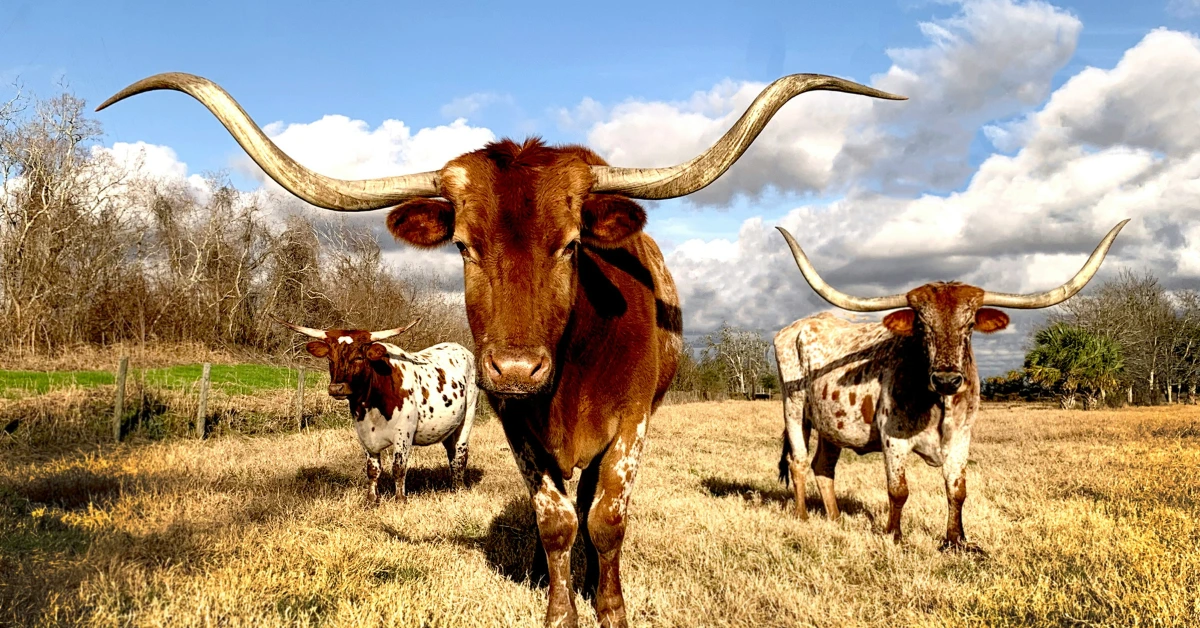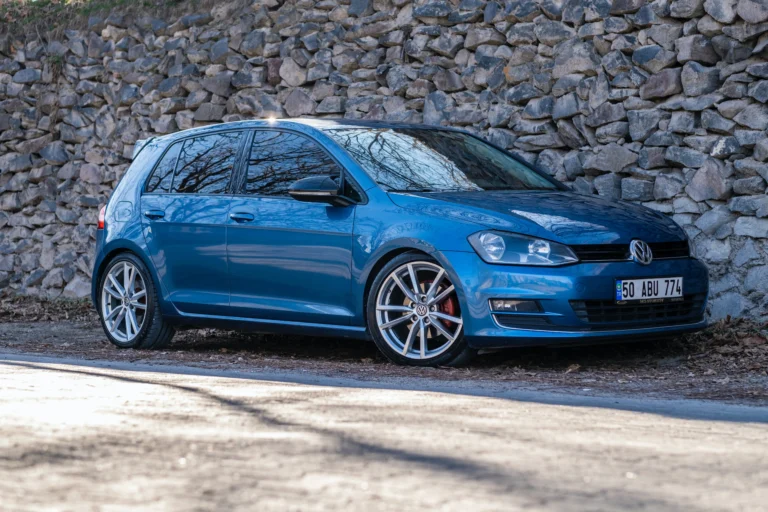If you’re a Texan driver, you’ve likely asked yourself, “Why is car insurance so expensive in Texas?”
With sprawling cities like Houston and Dallas and a population that continues to boom, Texas is a state that keeps us on the move.
The average cost of car insurance in Texas shadows over many of its fellow states, and we’re on a mission to uncover why.
Could it be the high risk of accidents in our crowded urban locales, or perhaps state-specific regulations that demand more from our pockets?
Why Is Car Insurance So Expensive in Texas?
Factors Influencing Auto Insurance Rates in Texas
Why is car insurance so expensive in Texas?
The truth lies in a mix of regulations, demographics, and local factors that uniquely affect the State’s insurance landscape.
State-Specific Regulations and Requirements

Texas sets its auto insurance regulations and minimum coverage requirements that impact the cost of insurance premiums.
These mandates often exceed what other states may require, leading to higher basic costs for all drivers.
Risk Assessment and Population Density
Population density plays a significant role in driving up insurance premiums in Texas.
High-density areas experience more traffic, increasing the likelihood of accidents and claims, which in turn raises car insurance rates.
Impact of Zip Code and Local Traffic
Your location and even zip code within Texas can significantly affect your auto insurance cost.
Urban zip codes with heavy local traffic and higher accident statistics are often associated with increases in auto insurance costs, reflecting the heightened risk assessed by insurance industry players.
Demographic Variables Affecting Car Insurance Costs
Let’s have a look at the demographic factors that play a crucial role.
Age and Driving Experience
In Texas, our age and driving experience significantly impact insurance rates.
Younger drivers, particularly those under 25, often face higher premiums due to their lack of experience and higher propensity for accidents. Statistics show that this group is more likely to be involved in collisions that could result in injuries or bodily injury liabilities, which insurers often reflect in the cost of coverage.
Driving and Credit History
Moreover, our driving record is a key determining factor.
If you have violations or accidents, expect to see a hike in your rates. Insurance companies weigh this history to gauge the risk of future claims.
Remarkably, in Texas, credit history also feeds into the cost equation. A spotty credit history can hint at potential financial risk, which, in turn, may lead to elevated insurance premiums.

Types of Coverage and Their Costs in Texas
Let’s dig into the types of coverage and their costs to understand the financial expectations when insuring a vehicle in the Lone Star State.
Minimum Coverage vs. Full Coverage
Minimum coverage in Texas includes 30/60/25 liability insurance, which translates to $30,000 per injured person, up to a total of $60,000 per accident, and $25,000 for property damage per accident.
While this is the least expensive option, it offers limited protection, leaving you potentially vulnerable to out-of-pocket expenses after an accident.
On the other hand, full coverage typically includes the state minimum liability coverage, plus collision and comprehensive coverage.
This blend provides a much broader financial safety net, covering not just damages you may cause to others, but also theft, vandalism, and other non-collision-related mishaps.
Naturally, the annual premiums for full coverage insurance are higher, but they also come with peace of mind.
The Role of Deductibles and Limits
Understanding deductibles is key to grasping insurance costs.
A deductible is the amount you pay out of pocket before your insurance company covers the remaining costs of a claim.
Opting for a higher deductible can lower your premium, but ensure it’s an amount you can afford if an accident occurs.

The limits you set for each coverage type directly influence your premiums. High limits equate to higher premiums, as insurance companies take on more risk. These financial thresholds cap the amount your insurer will pay in the event of a claim.
Balancing between deductible amounts and coverage limits can be a strategy to manage the cost of your car insurance.
Insurance companies consider these factors, along with your driving record, location, and type of car, to determine your specific rates.
Insurance Company Practices and Pricing
If you’ve ever wondered why is car insurance so expensive in Texas, you’re not alone.
Our journey through Texas insurance practices might shed some light on this costly conundrum.
Premium Calculations and Profit Margins
Insurance companies determine premiums based on risk assessments. Texas, with its high traffic volume and larger population centers, presents a greater risk of accidents, compelling auto insurers to set higher premiums.
Profits aren’t just a nice bonus.
Typically, profits are carefully calculated within the premium structure to ensure these companies can cover losses, reinvest in their services, and remain competitive.
Discounts and Ways to Lower Rates
Now, even with high rates, shopping around for insurance quotes can make a difference. Insurance companies offer various discounts that may not be immediately obvious.
Safe driving records, multiple policies, and enhanced vehicle safety features can lead to reductions in your premiums.
We must understand the discounts available and ask insurers how we can apply them to our policies.

External Factors and Events Impacting Insurance Costs
Let’s take a moment to explore the external elements that bump up our premiums.
Weather Patterns and Natural Disasters
Texas is no stranger to extreme weather events, notably hurricanes and hailstorms. These natural phenomena bring about hefty insurance claims due to vehicle damage.
For instance, hail can wreak havoc on cars, leading to a surge in comprehensive coverage claims.
Theft Rates and Vehicle Security
The Lone Star State grapples with high theft rates, particularly in populous urban centers.
With the increase in theft-related incidents, insurers must raise premiums to cover the potential losses.
Strengthening vehicle security can deter theft, but it’s a persistent issue influencing insurance costs.
The Uninsured Driver Problem
Despite legal requirements, a notable chunk of Texas drivers hit the road uninsured, elevating the financial risk for insurers.
When accidents occur involving an uninsured driver, insured individuals often resort to their policy for cover, which can lead to increased rates to accommodate this risk.
Adding to this, limited public transportation options can lead to more drivers, and consequently, a higher likelihood of road mishaps and insurance claims.
FAQ
Is Texas expensive for car insurance?
The average cost of car insurance in Texas is $2,019 per year for full coverage, which is just slightly higher than the national average of $2,014 per year. State minimum coverage in the Lone Star State is an average of $565 per year, which is less than the national average of $622 per year.
How can I lower my car insurance in Texas?
1. Increase your deductible.
2. Check for discounts you qualify for.
3. Compare auto insurance quotes.
4. Maintain a good driving record.
5. Participate in a safe driving program.
6. Take a defensive driving course.
7. Explore payment options.
8. Improve your credit score.
What is the cheapest car insurance in Texas?
What is the cheapest car insurance in Texas? The cheapest car insurance company in Texas is Texas Farm Bureau at $1,268 per year on average, or $106 per month, according to the most recent NerdWallet analysis of full coverage car insurance rates in Texas.
Are you also living in Texas and trying to reduce your Car Insurance costs?
I hope our guide is helping you understand why we have to pay so much here.
If you have further questions about that topic, don’t hesitate to leave us a comment or write us an mail, till then see you next time when it says again…
…Let´s Ride!






